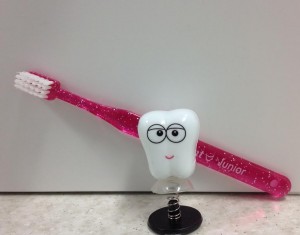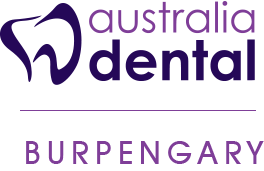
Caring for your child’s teeth
As we get closer to the new school year and perhaps your little ones enrolled into the early learning environment, parents may start to wonder how we can be on top of our children’s oral hygiene. Here is a guide taken from the Australian Dental Association (ADA).
Clean your baby’s teeth and gums twice
a day, after breakfast and before bed
● Start cleaning your baby’s teeth from
the time they first appear (around 6-12
months of age)
● Use a soft, damp cloth to begin with
then move to a small, soft children’s
toothbrush, to clean all surfaces of the
teeth
● Don’t use toothpaste before your baby
is 18 months of age unless directed by
your dental practitioner
● Take your baby to see the dentist when
their first tooth appears, or by their first
birthday
Guard Against Early Decay
● Early decay is caused by frequent
exposure to sugary drinks and foods
including fruit juices, flavoured yoghurts
and dried fruits
● Don’t let your baby fall asleep with a
bottle of milk, formula or juice in their
mouth
● Replace bottles with a cup from 12
months of age
● Tap water should be the only drink in
bottles and sippy cups except at meal
feed times
Teething TIPS
● Baby teeth usually start to appear
between 6 to 12 months of age
● Relieve tender gums with chilled (but
not frozen) teething rings, washcloths
or dummies, or gently rub your baby’s
gums with a clean finger
Cleaning your toddler’s & preschoolers teeth
Help your child brush and floss their
teeth until they are eight years old.
● Make tap water your child’s usual
drink. Most of QLD’s tap water
contains flouride, which helps to
protect against tooth decay
● Avoid giving children frequent snacks,
especially sugary foods and drinks,
between meals
● Limit snacks to two healthy choices
per day of foods such as fresh fruit,
vegetable sticks and low-fat cheese
● Take your child with you to the dentist
for a check-up at least once a year
● Baby teeth are important – care for
them as you’d care for your child’s
permanent teeth
● Once your child is complaint with
using a toothbrush, start to implement
flossing into their routine
● Change your child’s toothbrush after
each illness, once the bristles become
shaggy or every 3 months, whichever
occurs first
How to brush your child’s teeth?
● Brush for two minutes twice a day,
after breakfast and before bed
● From 18 months, use a pea-sized
amount of low-fluoride children’s
toothpaste on a toothbrush with soft
bristles
● Brush every tooth all the way to the
gums
● Use a gentle, circular motion to brush
every surface of every tooth
● Start with brushing the outside
surfaces (the ones that show when
you smile) and the inside surfaces
(the ones facing towards the back of
the mouth)
● Gently scrub the chewing surfaces of
the top and bottom teeth
● Take care that your child spits
out the toothpaste and does not
swallow it
● Don’t rinse the mouth after brushing
● Don’t let your child eat or lick
toothpaste from the tube



0